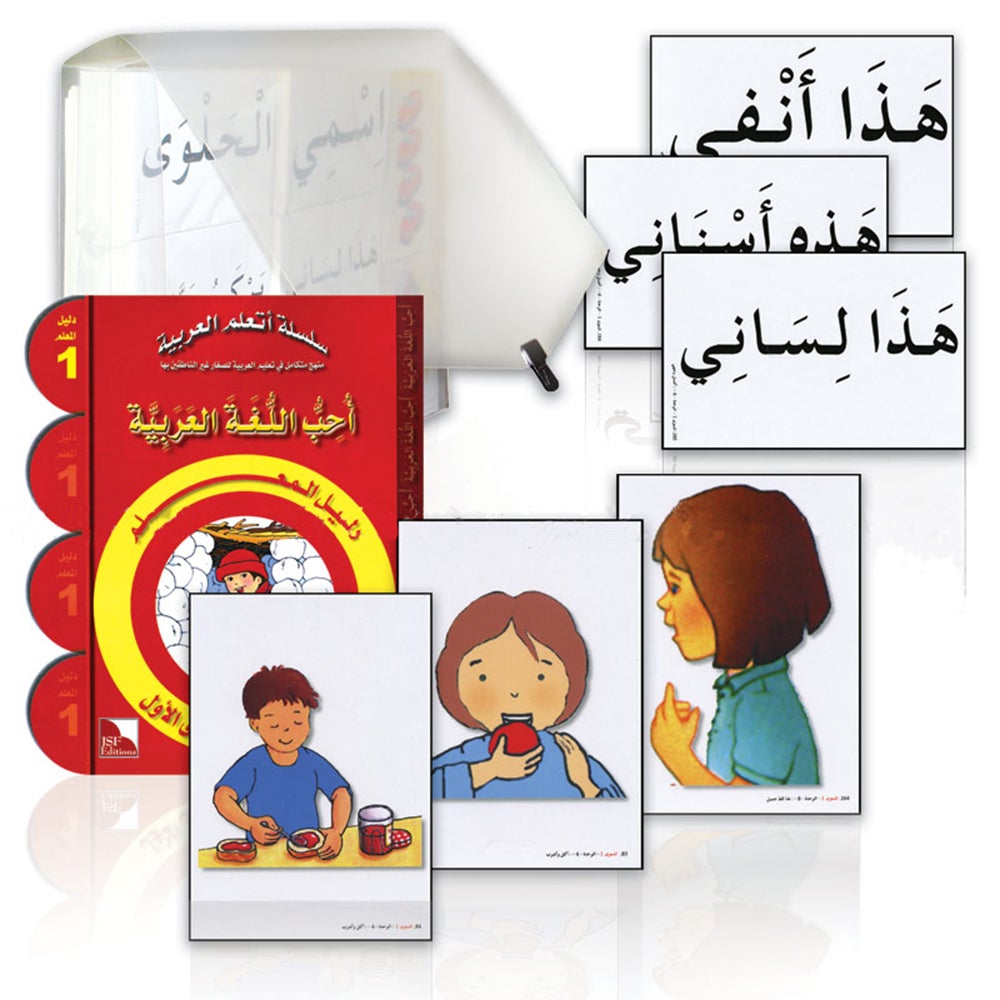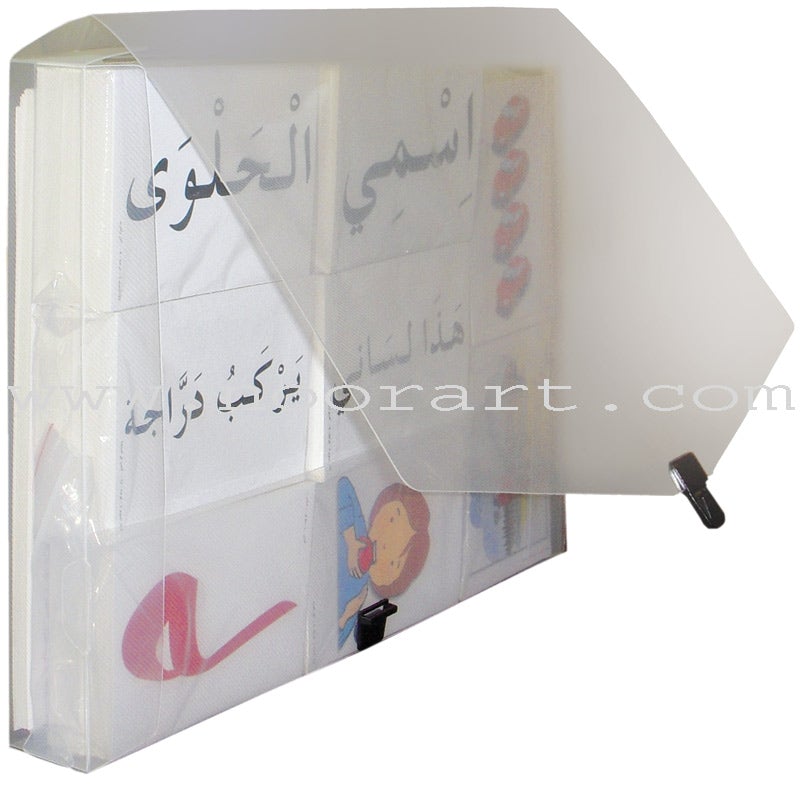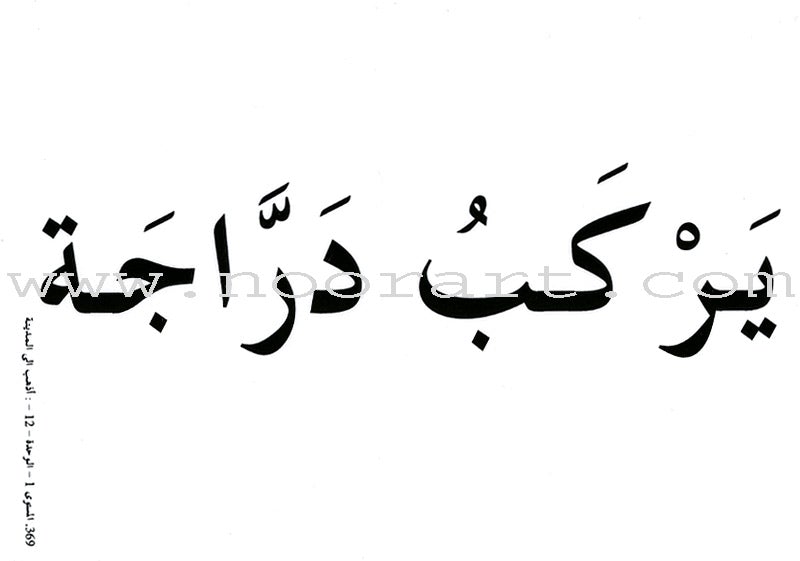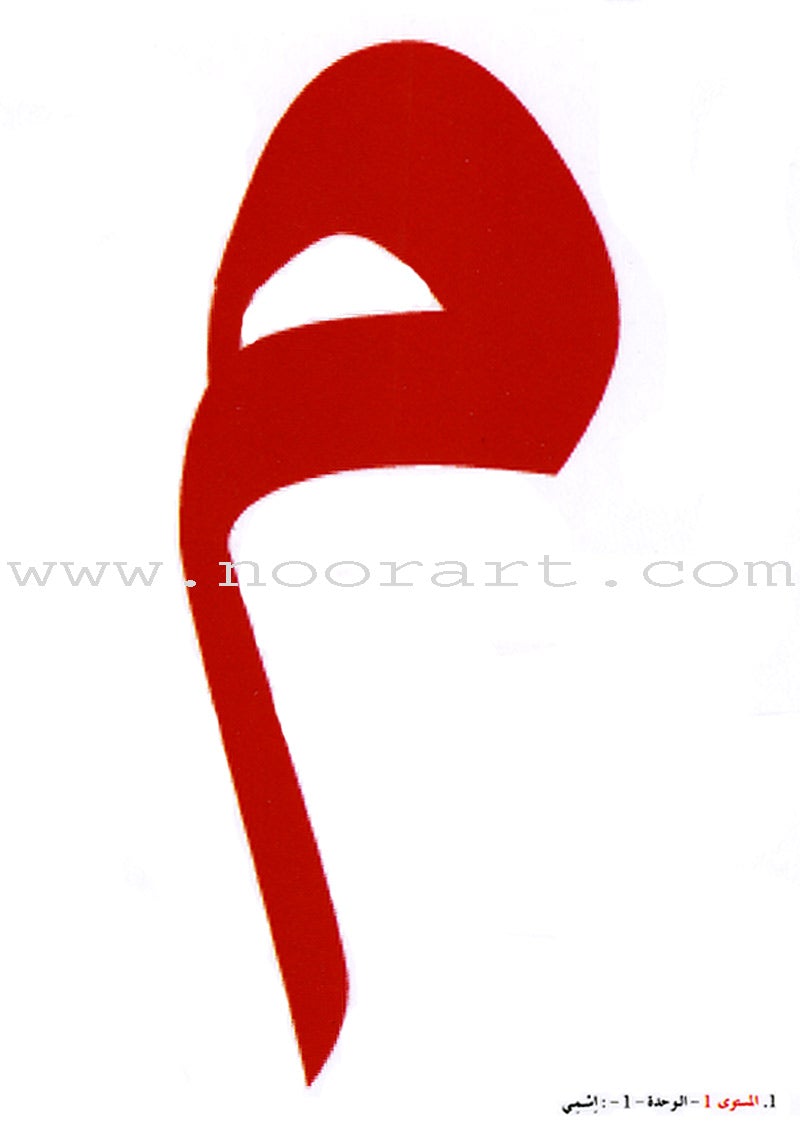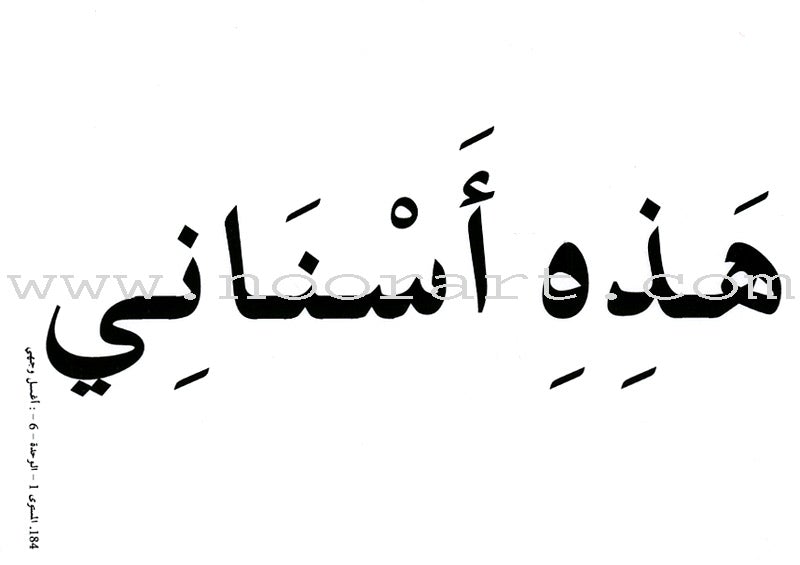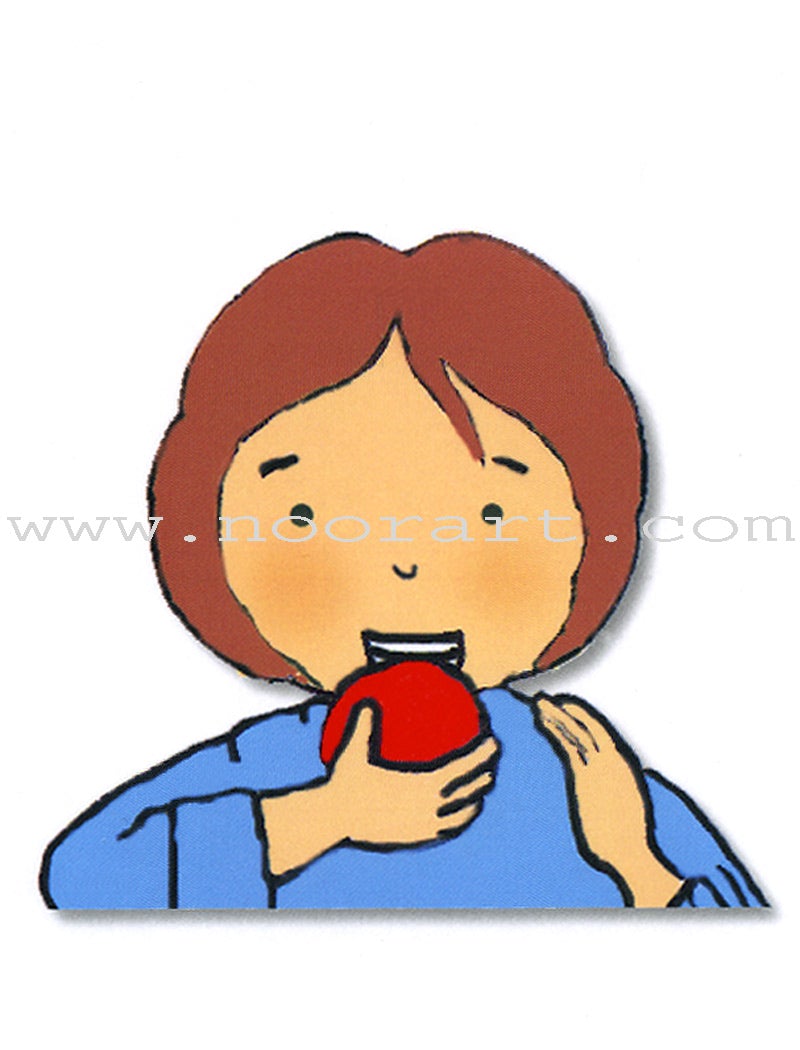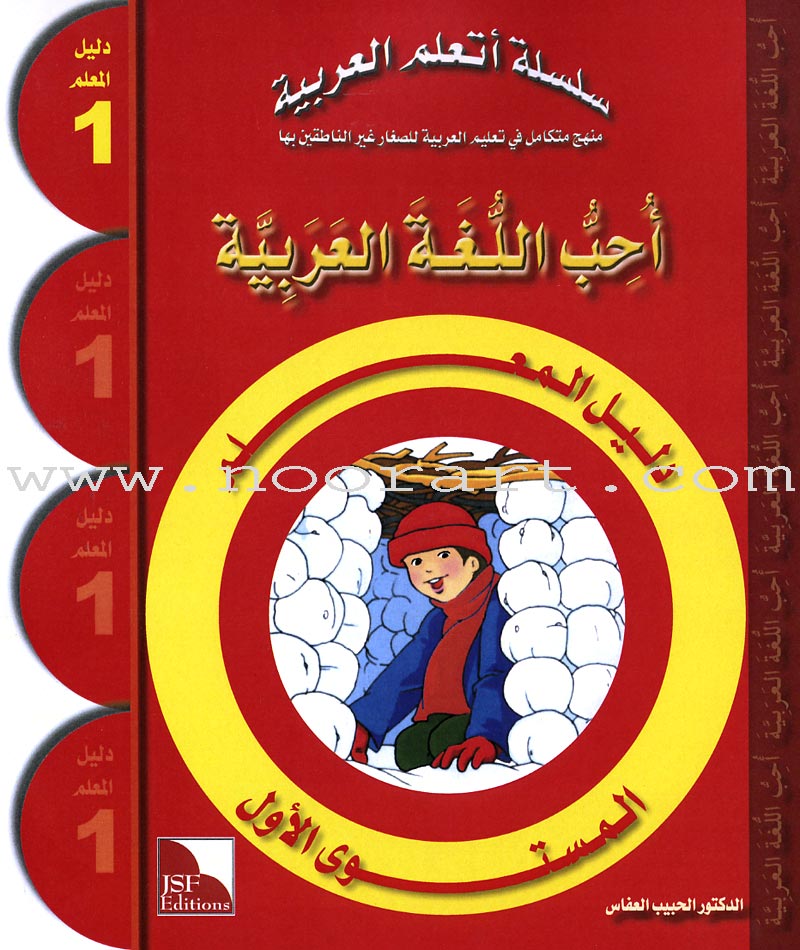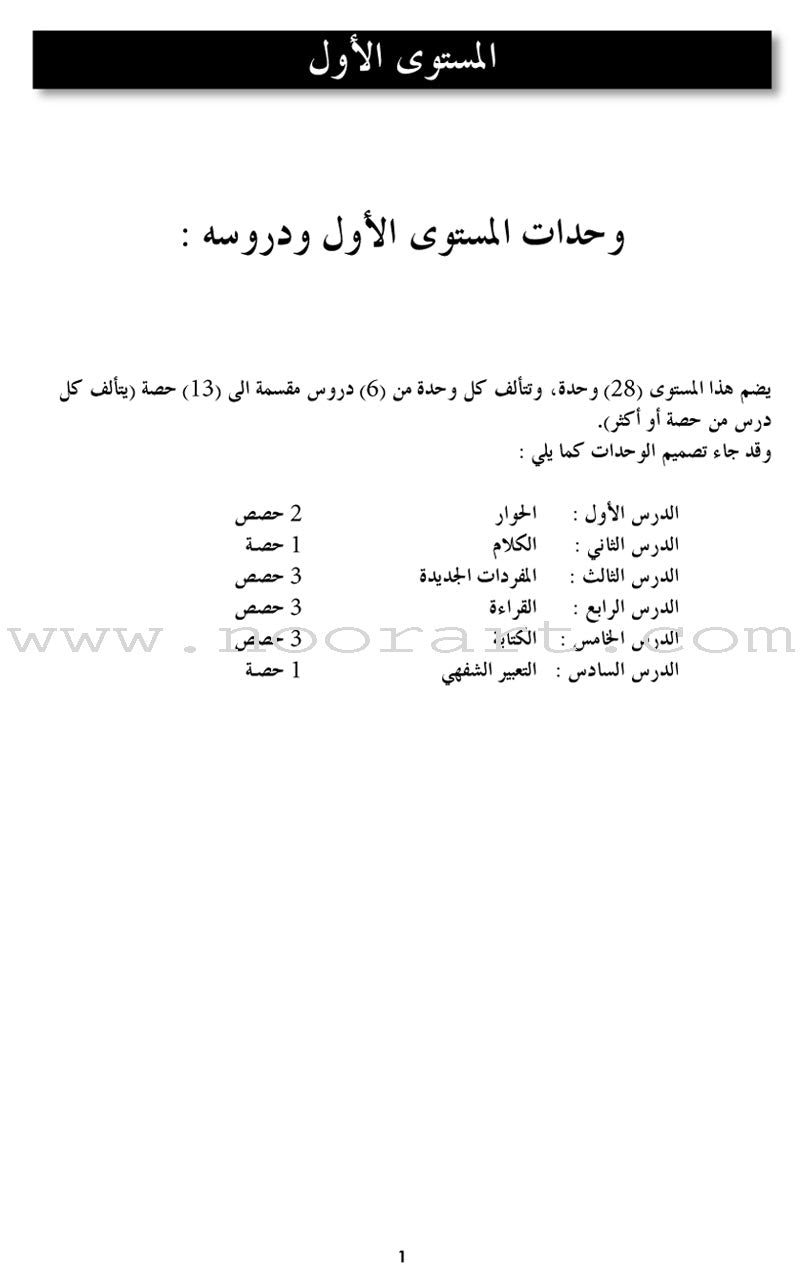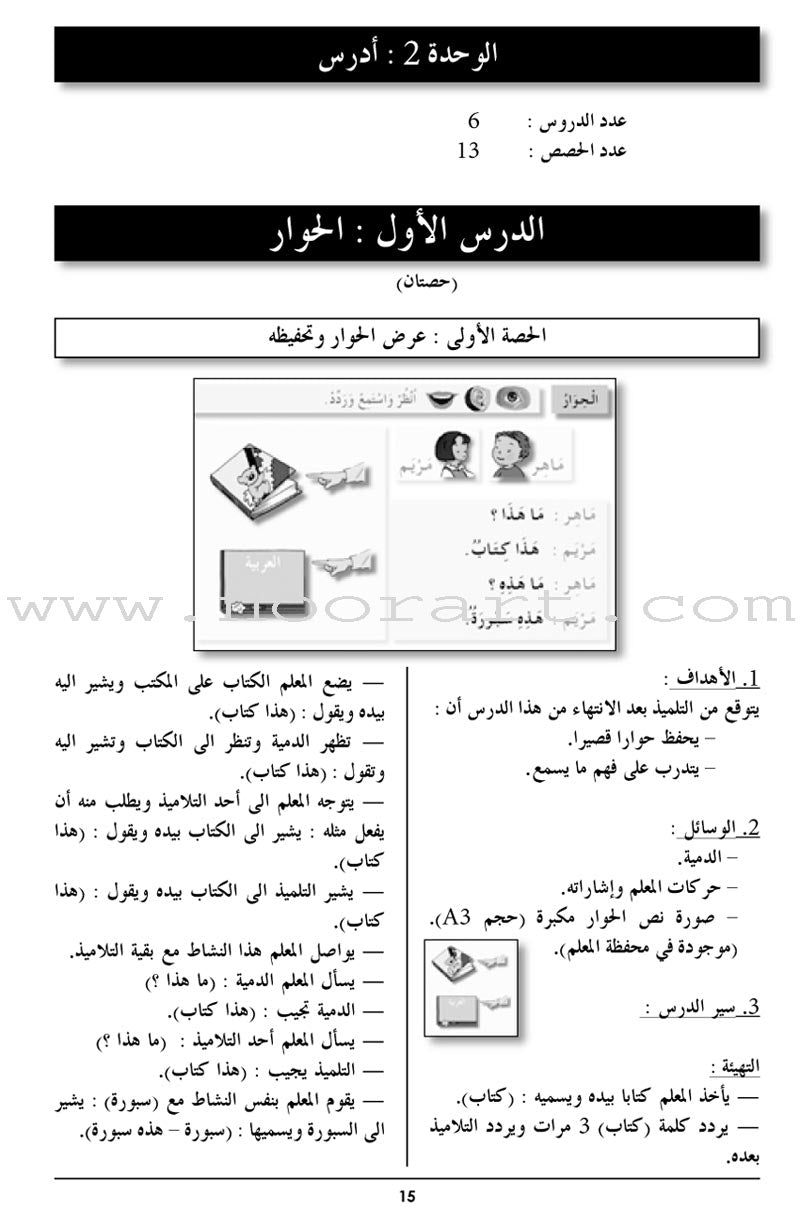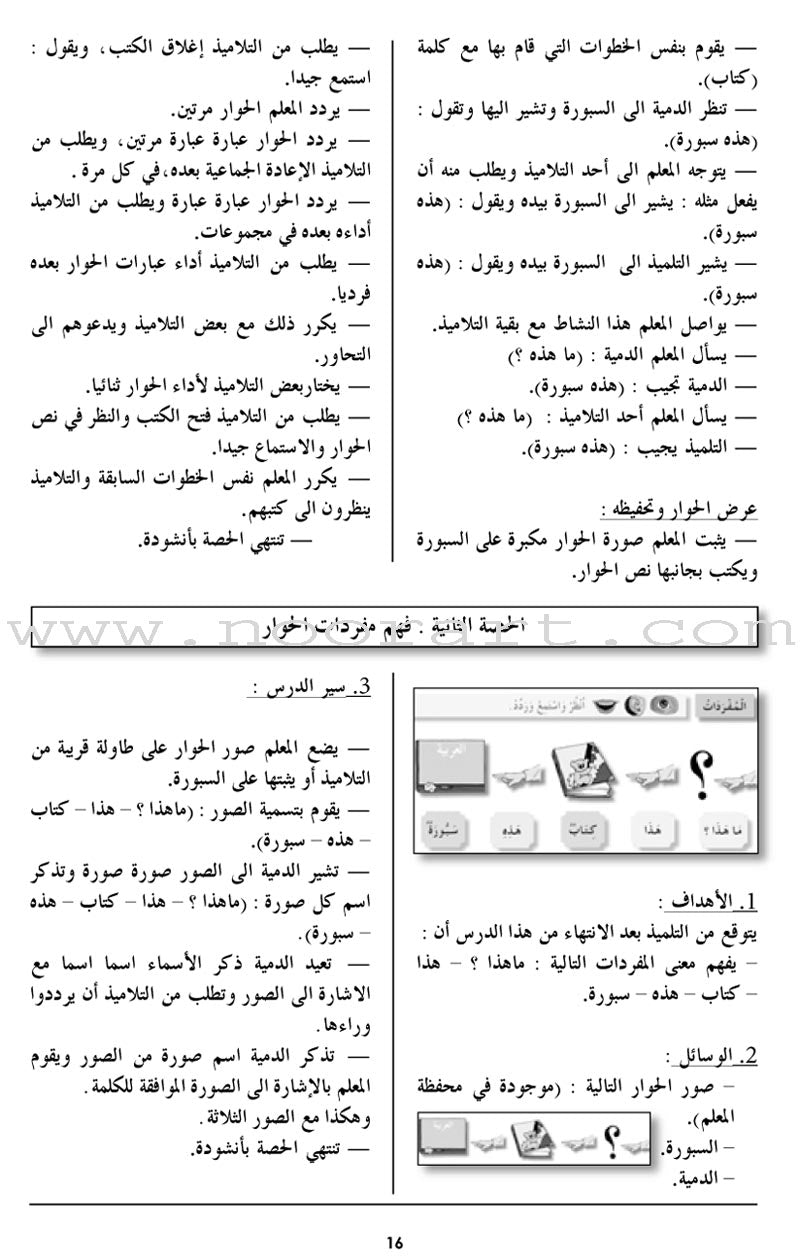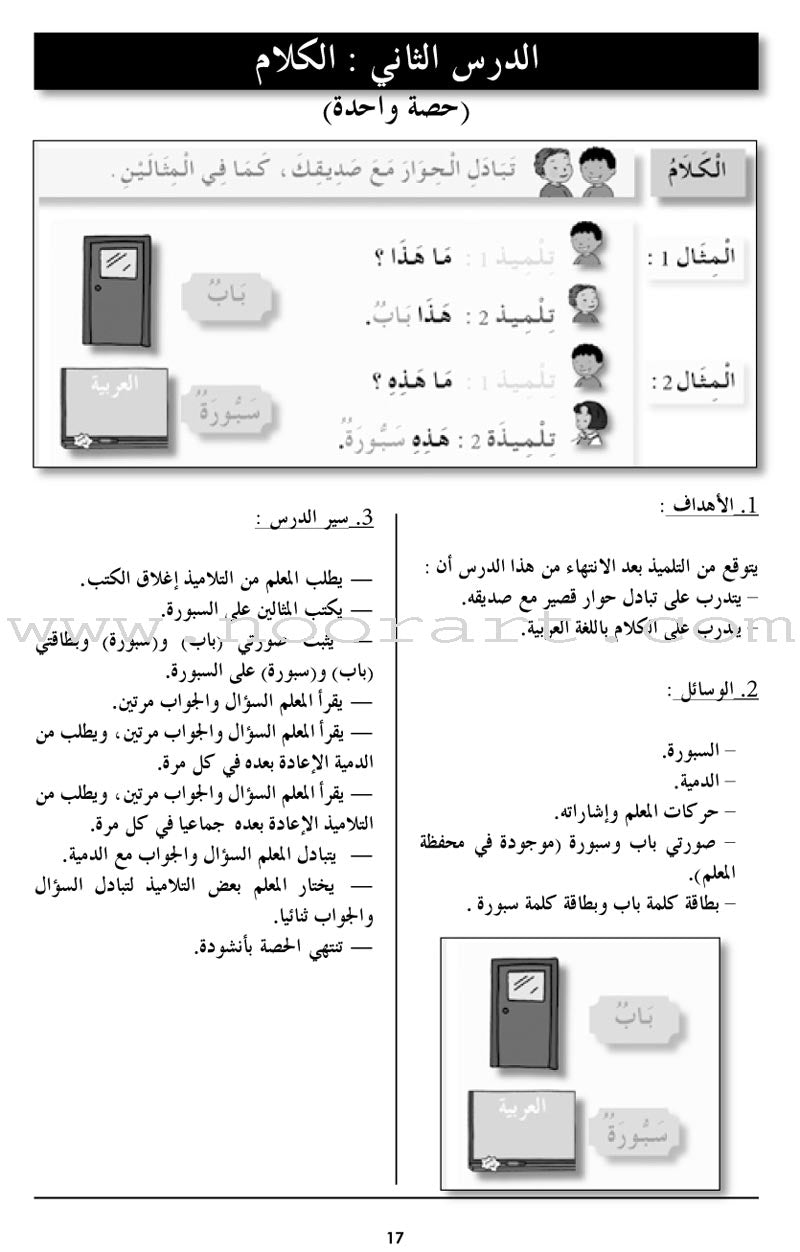I Learn Arabic Simplified Curriculum Teacher Case: Level 1 أتعلم العربية المنهج الميسر حقيبة المعلم
I Learn Arabic Simplified Curriculum Teacher Case: Level 1 أتعلم العربية المنهج الميسر حقيبة المعلم
Couldn't load pickup availability
This series provides a new, integrated approach for teaching Arabic to non-native speakers and covers these educational levels:
- Pre-K 1 level, starting from 3 years old
- Pre-K 2 level for 4-5 year-old
- and KG 3 level for 5-6 year-old.
This series presents the Arabic language clearly and inclusively to meet the needs of Western learners.
The curriculum sees language as both a general skill and a set of specific actions a child should to learn through communication, discovery, realization, and then application. It takes a systematic, three-part approach. Each part has certain objectives, enabling the learner to generate language accurately in a variety of modern ways. The system takes into account these three elements:
- Linguistic competence: this includes the four language skills of listening, speaking, reading and writing; and the three elements of language: phonetic sounds, vocabulary and grammatical structures.
- Communicative competence: the ability to communicate with the people of language and writing words.
- Cultural competence: looks at patterns of the Arab culture in an engaging and exciting manner for children in this age-level, helping Western children connect with their Arabic speaking peers in other parts of the world.
This series concentrates on classic Arabic, without using spoken dialects. The curriculum uses guided-art methods and techniques (recommended by experts in foreign-language instruction), and takes into account the unique nature of the Arabic language and its distinct characteristics. Supplemental audio CD is sold separately.
-
Student Text: The student text is the first step of the I Love Arabic series (beginning at 6 years of age). The supplemental materials include a comprehensive workbook, a handwriting book, and a teacher case. The text is comprised of 28 units, discussing the 28 letters of the Arabic alphabet. Each unit is divided accordingly:
- Reading Dialogue: Simple and short passages covering sounds, vocabulary, expressions, and syntactical structures
- Conversation: Conversational exercises encouraging students to participate in classroom activities, use the material in dialogues, and ultimately become fluent speakers
- Sounds: Sounds are introduced one by one to help students differentiate similar appearances or sounds
- Vocabulary: Words appear in reading dialogues and are combined with graphics to further student understanding and sensory perception
-
Workbook: The exercises include the following:
- Listening Comprehension: Exercises aimed at determining the level of children’s comprehension of new vocabulary and expressions
- Letter Identification: Children show that they recognize a named letter by circling it
- Writing: Students practice writing letters and joining them into words, with illustrations to help students to visualize the words
- Reading: Students read new letters, then words, then expressions
- Vocabulary: New vocabulary is listed to help with student memorization
- Illustrated Dictionary: Includes word sets found throughout the lessons for easy memorization
- The Handwriting Book allows students to practice writing Arabic letters, words, and then expressions.
- The Teacher Case consists of the Teacher Guide (tips on efficient teaching practices), posters that can be used as classroom visual aids, and audio tapes.
This Teacher Case Consists of:
- One Teacher Guide: Tips on efficient teaching practices for books.
- 28 Posters to be used as classroom visual aids (Each poster size: 13” x 18”).
- 680 cards (Each card size 4” x 6”)
- دليل المعلم
- كل صور كتاب التلميذ مطبوعة على شكل بطاقات مصورة ولوحات يستعملها المعلم داخل القسم
Share
